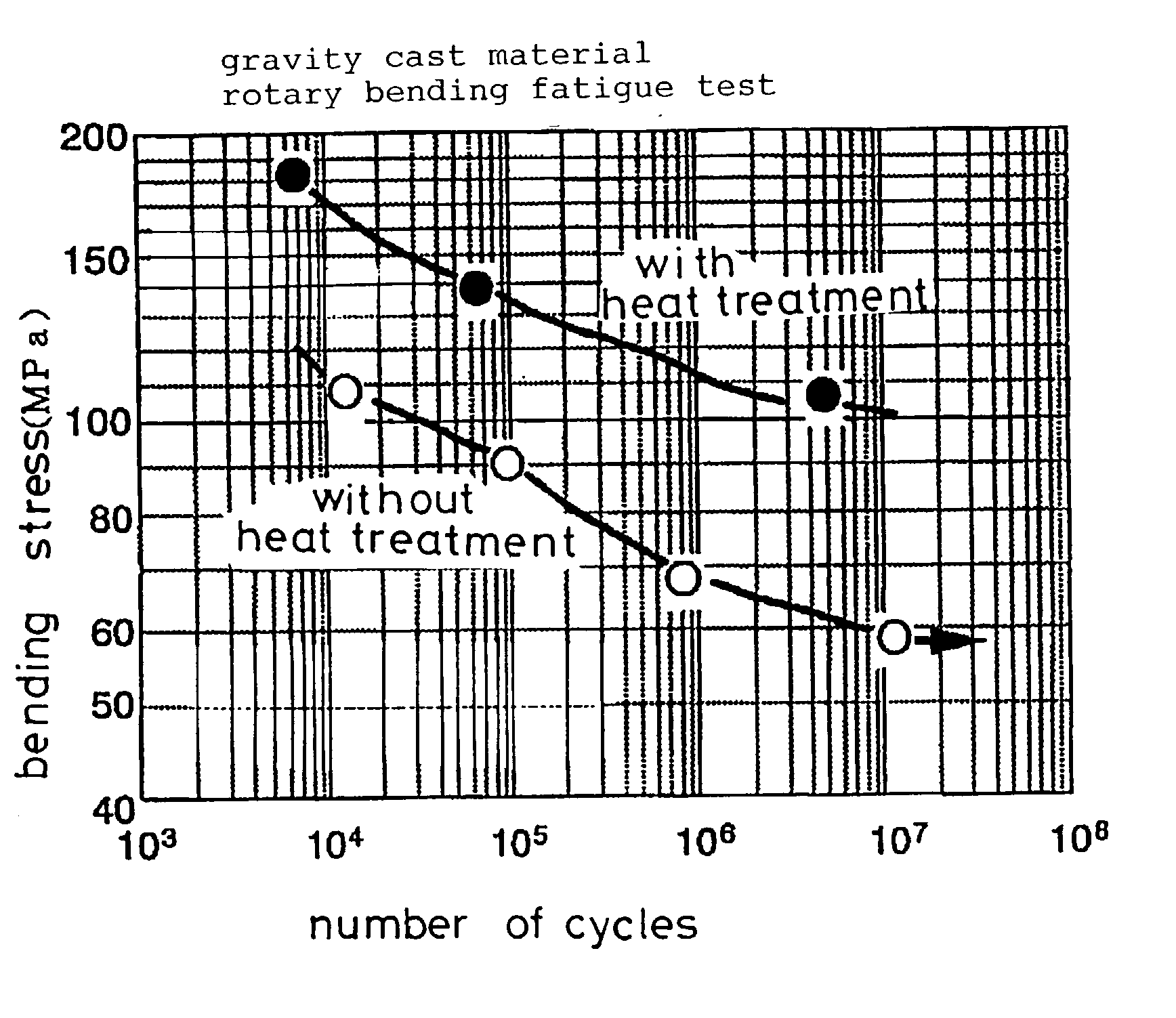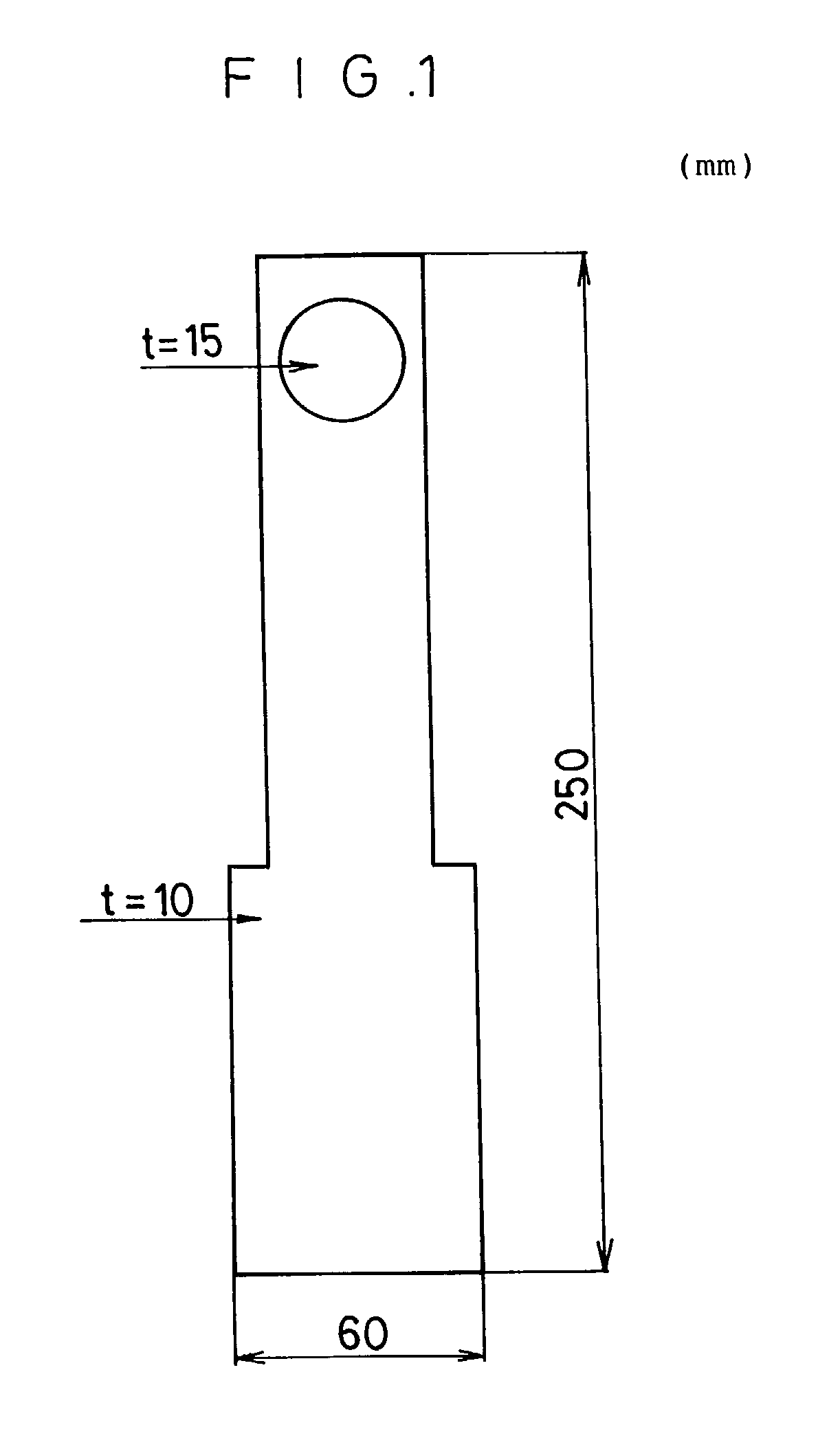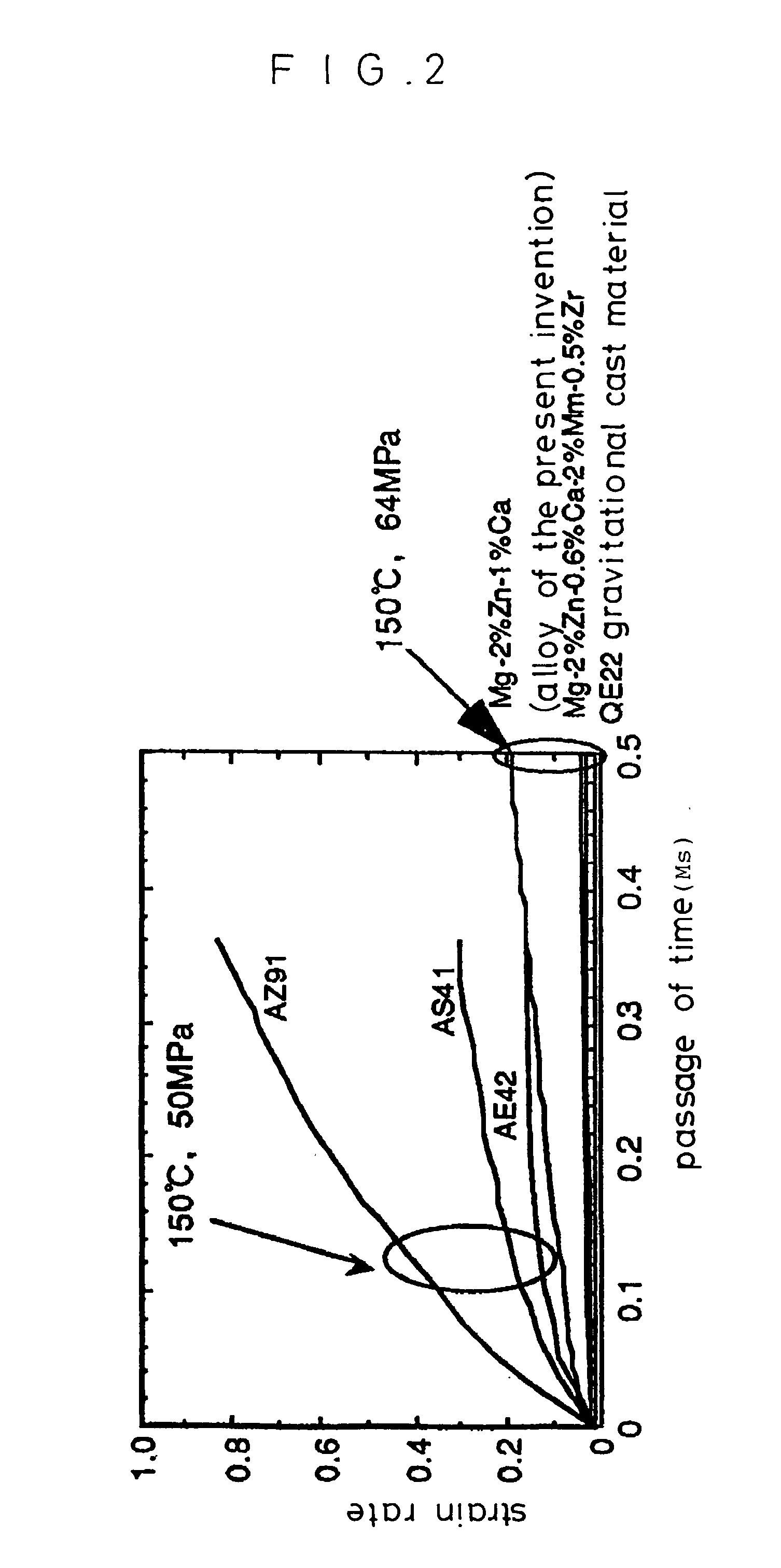Magnesium alloy and heat treatment method thereof
- Summary
- Abstract
- Description
- Claims
- Application Information
AI Technical Summary
Benefits of technology
Problems solved by technology
Method used
Image
Examples
example 4
[0064] I. Production of Magnesium Alloy
[0065] A melt of magnesium alloy was prepared in the same manner as in Examples 1 to 3, and a boat form mold was cast from the melt. The compositions of this alloy were Mg-2% Zn-2% Mm-0.6%Ca-0.6% Zr (% is % by weight).
[0066] II. Investigation on Solution Heat Treatment Temperature
[0067] FIGS. 4A to 7B each show a microphotograph of a metal structure when the magnesium alloy obtained above was maintained in argon stream at a high temperature, and then quenched in hot water at about 80.degree. C. (solution heat treatment). FIGS. 4A and 4B are microphotographs where the solution heat treatment temperature is 410.degree. C. and the solution heat treatment time is 24 hours, in which FIG. 4A is a microphotograph having a magnification of 500 times, and FIG. 4B is a microphotograph having a magnification of 1,000 times (Test Example 1). FIGS. 5A and 5B are microphotographs where the solution heat treatment temperature is 440.degree. C. and the solutio...
example 5
[0075] I. Production of Magnesium Alloy
[0076] A magnesium alloy was produced in the same manner as in Example 4 except that the Mg-Zr alloy was not added. This alloy had a composition of Mg-2% Zn-2% Mm-0.7%Ca (% is % by weight).
[0077] II. Investigation on Influence of the Presence or Absence of Heat Treatment to Hardness of Alloy
[0078] The magnesium alloy obtained above was heated at 465.degree. C. for 24 hours, quenched in hot water, and then aged at 200.degree. C. for 2 hours. Vickers hardness (Hv) of the alloy thus treated was then measured.
[0079] For the sake of comparison, a magnesium alloy obtained by merely casting without the above heat treatment was measured with Vickers hardness (Hv).
[0080] The results obtained are shown in FIG. 9. It is apparent from FIG. 9 that the hardness of the magnesium alloy is improved by the heat treatment.
[0081] The magnesium alloy according to a first aspect of the present invention has excellent high pressure die casting properties, very high s...
PUM
| Property | Measurement | Unit |
|---|---|---|
| Temperature | aaaaa | aaaaa |
| Temperature | aaaaa | aaaaa |
| Fraction | aaaaa | aaaaa |
Abstract
Description
Claims
Application Information
 Login to View More
Login to View More - R&D
- Intellectual Property
- Life Sciences
- Materials
- Tech Scout
- Unparalleled Data Quality
- Higher Quality Content
- 60% Fewer Hallucinations
Browse by: Latest US Patents, China's latest patents, Technical Efficacy Thesaurus, Application Domain, Technology Topic, Popular Technical Reports.
© 2025 PatSnap. All rights reserved.Legal|Privacy policy|Modern Slavery Act Transparency Statement|Sitemap|About US| Contact US: help@patsnap.com



